UN mini excavator, or a mini digger, is a small-sized building tool used for excavation and digging duties in constrained or restricted areas. It is a versatile machine that can be used for various tasks, including digging trenches, demolishing structures, lifting and moving heavy objects, landscaping, and grading. You should know all considerable things about Mini excavator working conditions.
Mini excavators are smaller than traditional excavators’ low weights with a maximum digging depth of around 15 feet. They are designed to be maneuverable in tight spaces, and some model sizes can even fit through doorways or gates.
Small excavators have a compact design that allows easy transportation to and from job sites, making them a popular choice for contractors and landscapers who need to move their equipment frequently. They are often equipped with rubber tracks or wheels, allowing them to operate on sensitive surfaces like lawns or asphalt without causing damage.
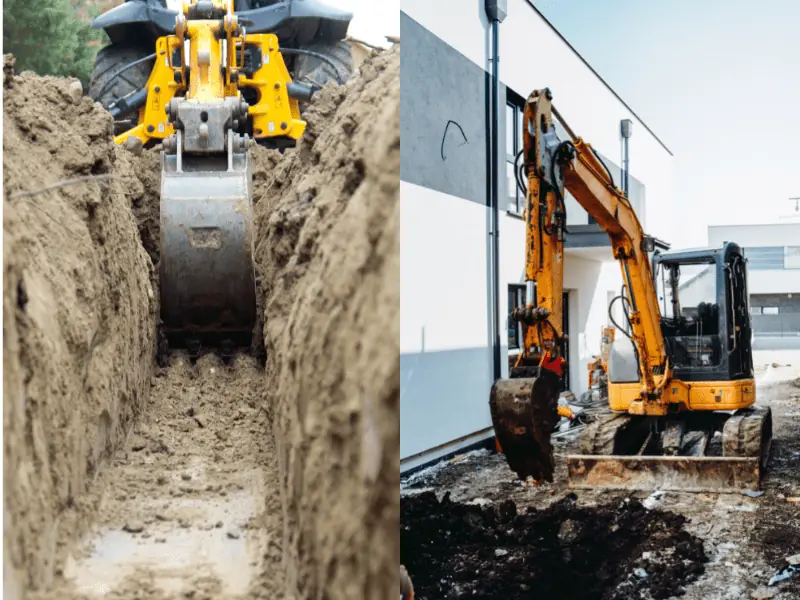
Table des matières
BasculerMany things about Mini excavator working conditions.
How can excavators classify?
You can classify Micro Excavators on several factors, such as their size, weight, operating capacity, and functionality. Here are some standard classifications for excavators:
Weight: Excavators can be classified by their weight, ranging from the smallest and weighing less than 10,000 pounds, to large excavators that can weigh over 100,000 pounds.
Operating capacity: Micro Excavators can also be classified based on their operating capacity, in pounds or tons. It refers to the weight of the load that the excavator can lift and move.
Type of arm:You can also classify them by their arm type. For example, some excavators have a standard arm, while others have a long-reach arm or a demolition arm designed for heavy-duty demolition work.
Attachment: Also classify them based on their attachment type. Common attachments include buckets, grapples, hammers, and augers, which can be easily attached and detached depending on the job requirements.
Functionality:Excavators can also classify based on their functionality. For example, some excavators are designed for general construction and excavation work, while others specialize in specific tasks such as forestry or mining operations.
Some tasks that small excavators are used for:
Landscaping
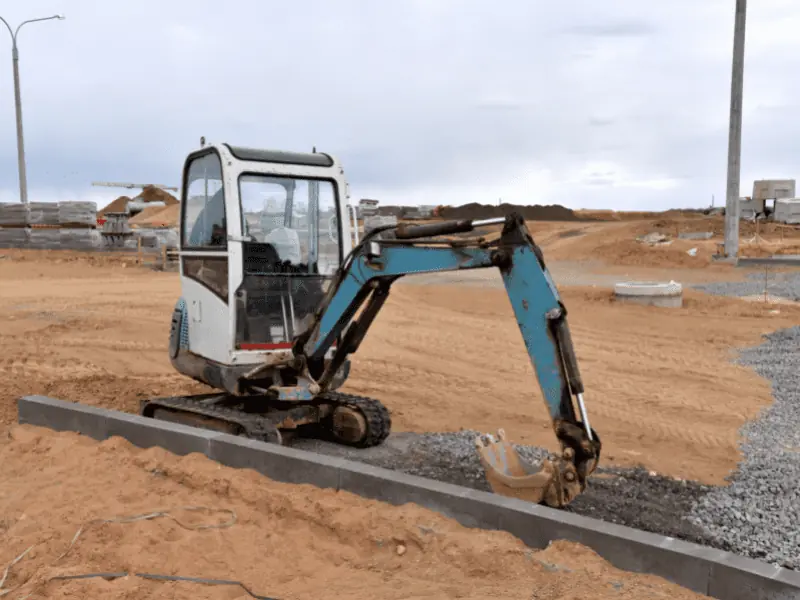
Small excavators are commonly used in landscaping projects, including site preparation, grading, trenching, and planting. They can also be used for removing tree stumps, rocks, and other debris from the ground.
Construction
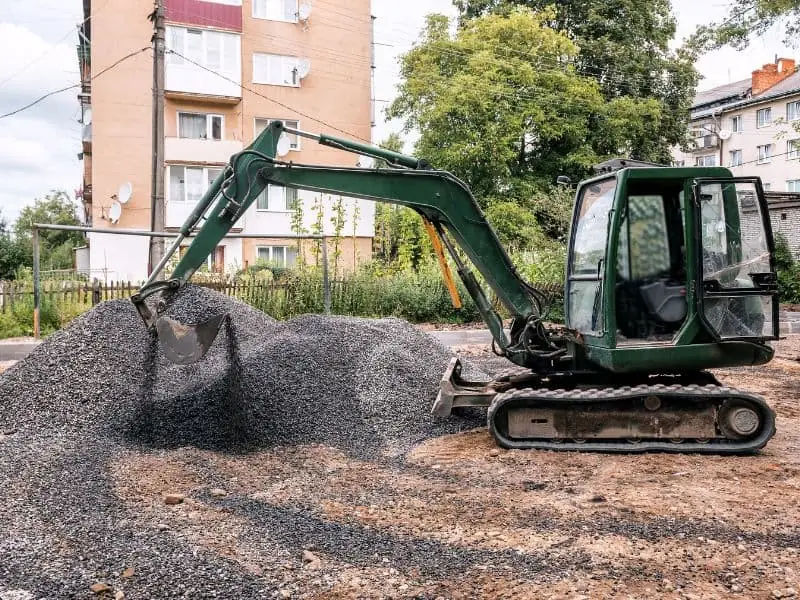
Mini excavators are used in various construction tasks, including retaining wall excavation, utility ditch digging, and base construction. They are also best for demolition work and for removing concrete and asphalt.
Agriculture
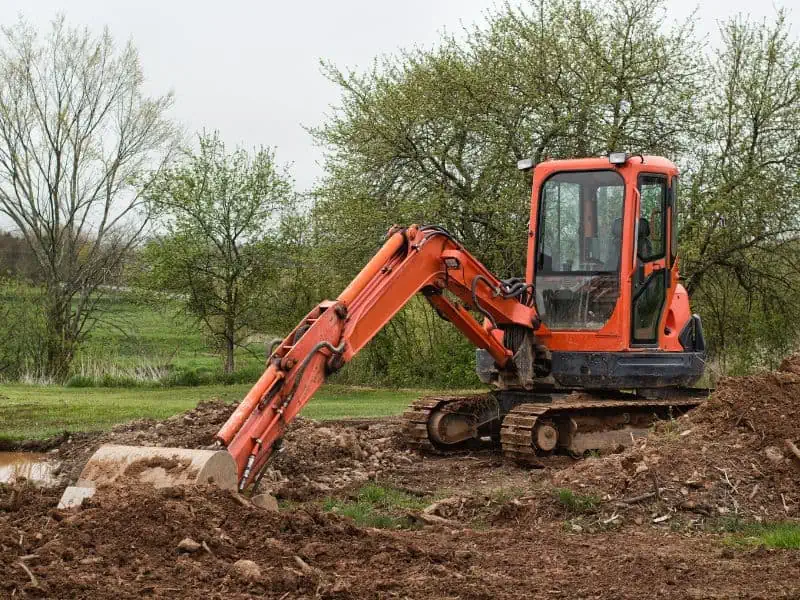
Compact excavators are used for digging irrigation ditches, clearing land, and moving hay bales.
Utilities

Utility companies use small excavators to install and repair water and sewer lines and dig trenches for electrical and communication cables.
Snow removal

Small excavators can be a great fit with a snow blade or snow blower attachment and can be used for snow removal on sidewalks, driveways, and parking lots. They are a good option when compared with a skid steer loader.
Key things to consider when selecting a small excavator
Job Requirements
Understanding the work requirements is the first stage in selecting a small excavator. Consider factors such as the size of the project, the type of material being excavated, and the depth and width of the required excavation.
Size and weight:
Mini excavators come in different sizes and weights, so choosing one appropriate for the job site is important. Consider the size of the work area and any access limitations, such as narrow gates or doorways.
Operating capacity:
The operating capacity of the mini excavator is another important factor to consider. Select a model that can support the weight of the elements that will be shifted and excavated.
Attachments:
Attachments for mini tractors include augers, hammers, and containers. Consider which attachments will be needed for the job and choose a mini excavator that is compatible with them.
Fuel efficiency and maintenance requirements:
Consider the fuel efficiency of the mini excavator and its maintenance requirements. Choose a fuel-efficient model with a low-maintenance design to minimize downtime and operating costs.
Budget:
Finally, consider the budget for the project and choose a mini excavator that offers the best value for the money. You can consider all things for Mini excavator working conditions. Contractors and operators can choose the right mini excavator for the job, ensuring maximum productivity and efficiency on the job site.
Excavator hazards & Mini excavator working conditions.
Mini Excavators are powerful machines that are used for a wide range of applications. However, they can also be dangerous if not operated safely or if proper safety precautions are not taken during working conditions.
Pinching hazards:The moving parts of an excavator, such as the bucket, boom, and arm, can cause pinching hazards if not operated carefully in working conditions. Operators should avoid placing their hands or other body parts between moving parts of the machine.
Tipping hazards:Excavators can tip over if operated on uneven ground or overloaded. Always ensure the machine is on solid ground and not loaded above its utmost capacity.
Struck-by hazards:Footwork can be struck by the excavator’s moving parts or by excavating materials. Operators should ensure that the work area is clear of people and that the machine is not swinging the bucket or arm near workers.
Electrocution hazards:Excavators can come into contact with overhead power lines, which can cause electrocution. Operators should always be aware of the location of power lines and ensure the machine is kept a safe distance away.
Fire hazards:Excavators can generate heat; if fuel or hydraulic fluid leaks occur, there is a fire risk. Operators should inspect the machine regularly for leaks and ensure that spills are cleaned promptly.
To minimize the risk of these hazards, operators should receive proper training on operating the mini excavator safely and follow all safety guidelines and procedures. It’s also important to regularly inspect the machine for damage and wear and tear and perform routine maintenance to ensure it is in good working condition.
Controlling the risk
To control the risks associated with excavator hazards, it’s important to implement safety measures and procedures that help to minimize the likelihood of accidents and injuries.
Provide training:
All excavator workers should be properly trained to use the equipment securely. The training should cover the risks associated with the machine and the safety measures and procedures that must be followed.
Conduct regular inspections:
Excavators should be inspected regularly to ensure they are in good working condition. Any defects or malfunctions should be repaired promptly to prevent accidents.
Establish safety procedures:
Establish safety procedures for operating excavators, such as wearing personal protective equipment, avoiding working under suspended loads, and ensuring that the work area is clear of people and debris.
Use safety devices:
Install safety devices on excavators, such as backup alarms, cameras, and proximity sensors. These tools can aid in preventing accidents by warning operators of possible dangers.
Follow manufacturer guidelines:
For the secure operation and upkeep of the backhoe, adhere to the manufacturer’s instructions. It includes maintaining proper fluid levels, replacing worn or damaged parts, and using the machine only for its intended purposes.
By implementing these safety measures and procedures, employers can help to control the risks associated with excavator hazards and ensure the safety of workers and others on the job site.
Training and competence of mini excavator in working conditions
Training and competence are critical factors in ensuring the safe operation of excavators. On the work site, mishaps and injuries can be reduced by proficient and well-trained operators. Here are some key considerations for training and competence in excavator operation:
Training:
Operators should receive training that covers the safe operation of the excavator, as well as the hazards associated with the machine. The instruction should also cover using personal protective equipment and secure material handling. A certified instructor should give both classroom teaching and practical training.
Certification
Operators should be certified to operate the excavator by a recognized training program or organization. Certification programs ensure that operators have met certain standards for knowledge and skill in operating the machine.
Continuing education
Operators should receive ongoing training and education to stay up-to-date on new safety measures, procedures, technology, and equipment.
Competence:
Employers should ensure that operators are competent in operating the excavator. It includes evaluating the operator’s knowledge, skills, and experience and providing additional training or supervision.
Record keeping
Employers should keep records of operator training and certification to ensure they are up-to-date and compliant with applicable regulations and standards.
Inspection and maintenance of mini excavator for working conditions
Inspection and maintenance are essential for ensuring excavators’ safe and reliable operation. Regular inspection and maintenance of mini excavators can identify potential hazards and equipment failures before they lead to accidents or downtime.
Pre-use inspection:
Operators should perform a pre-use inspection of the excavator before each use. Its inspection should include the following:
- Checking fluid levels.
- Inspecting hoses and connections for leaks.
- Checking tires or tracks for damage.
- Ensuring that safety devices are functional.
Regular maintenance:
Excavators need to have the routine repair performed following maker recommendations. It might entail replacing worn-out or broken parts, refilling fluids and filters, and lubricating moving parts.
Emergency response plan:
Employers should have an emergency response plan in case of a machine failure or breakdown. The plan should include procedures for shutting down the machine, evacuating the area, and contacting emergency services if necessary.
Operator feedback:
Operators should be encouraged to report any issues or concerns with the excavator to their supervisor or maintenance team. This feedback can help identify potential problems before they lead to downtime or accidents.
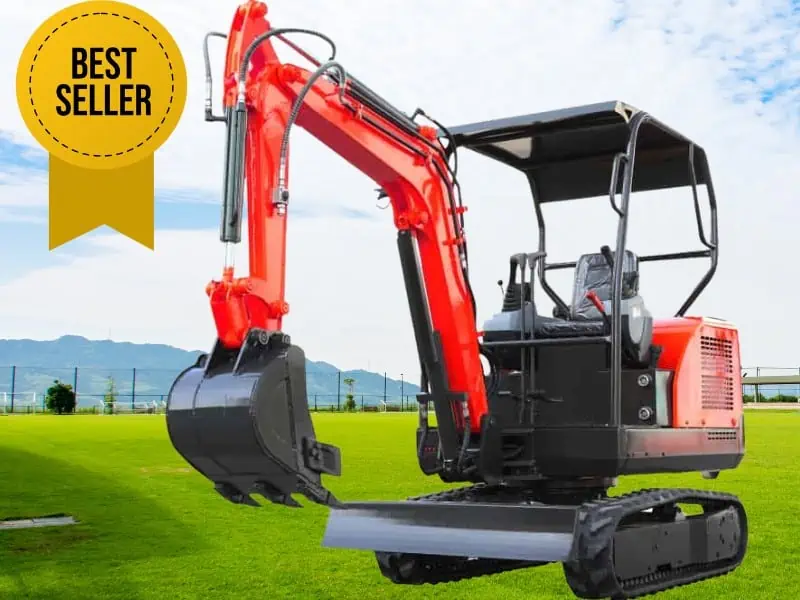
Characteristics of mini excavators:
Versatilité:Mini excavators are versatile machines that can perform various tasks, including digging, trenching, grading, and demolition.
Mobility:Mini excavators are highly mobile and can move easily around job sites. They can be transported on a trailer or truck and quickly and easily moved from one location to another.
Maneuverability: Mini excavators are highly maneuverable, with a zero-turn radius that allows them to work in tight spaces and around obstacles.
Power:Mini excavators are powered by diesel or electric motors and can provide significant digging power relative to their size. They are often equipped with hydraulics that allows for smooth and precise operation.
Operator comfort:Mini excavators are made with the user’s convenience in mind, despite their diminutive size. They often feature adjustable seats, air conditioning, and ergonomic controls to minimize operator fatigue and improve productivity.
The bottom line
In the bottom line, many things about Mini excavator working conditions, including mini excavators are powerful machines that can be dangerous if not properly operated. If you want to minimize the risks associated with excavator operation, it is important to implement a comprehensive safety program that includes training, certification, inspection, and maintenance. Employers and operators should be aware of the hazards associated with excavator operation and take steps to control these risks. If you need more information about mini excavators, Contactez-nous.
